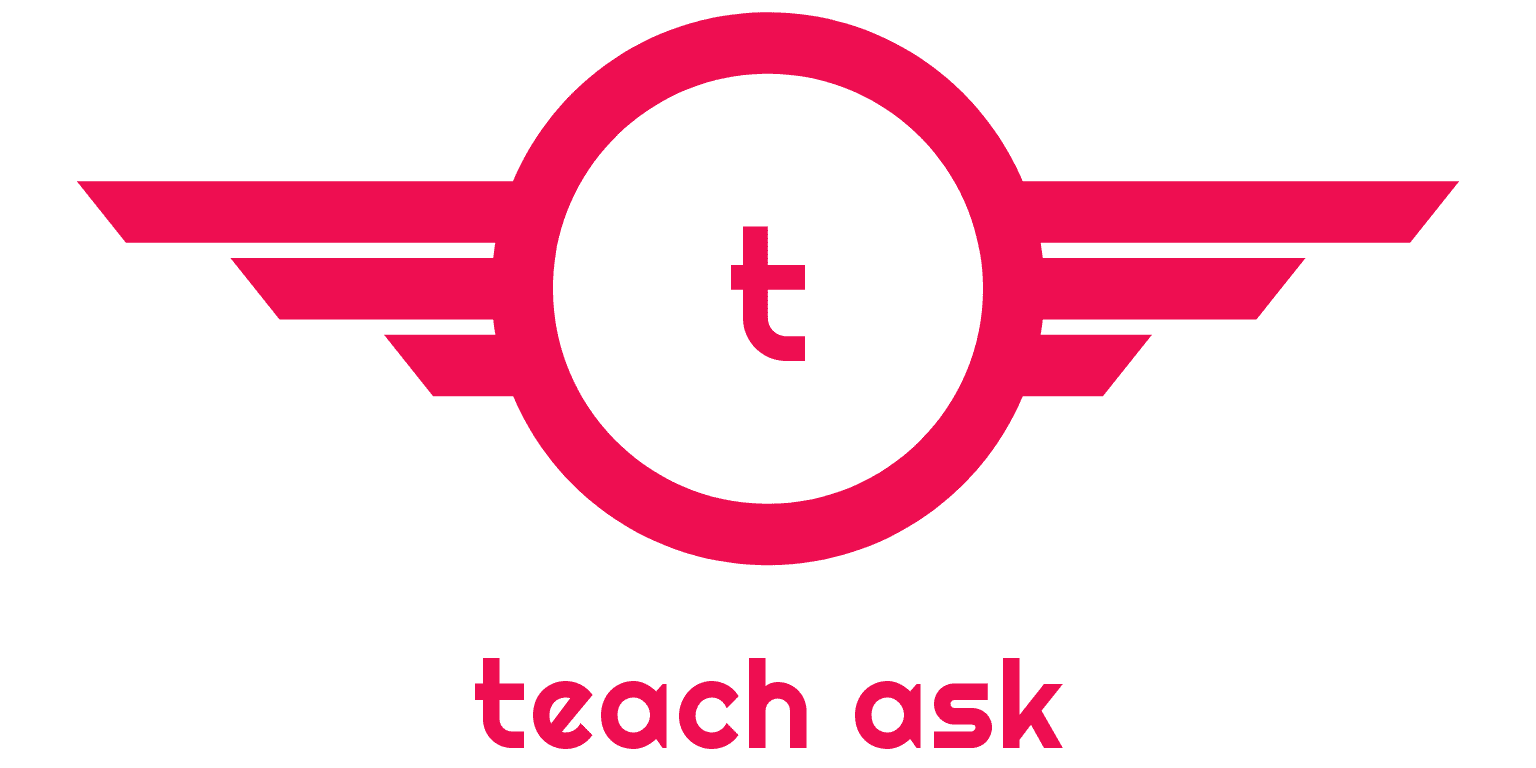Interconnection Issues With Wind Power Generation
Interconnection Issues With Wind Energy Generation
Wind turbines can be connected to ac system at different voltage levels. The voltage level depends on the amount of power generated. Following are the main issues need to be considered while interconnecting wind power system to the grid.
- Wind speed is highly random is nature so power production is also random in nature this reduces the system security and wind revenue.
- Voltage variation allowed between 95% to 105 % of rated value of voltage as there is a problem of maintaining voltage profile.
- In most of wind energy generation system, wind turbines are interconnected to squirrel cage induction generator which not provide reactive power within the system. Reactive power should be controlled or regulated within a control band at a maximum level of 10% of rated power.
- Active power and frequency control active power supplied is need to be controlled linearly with frequency variation between a range of 47 Hz 52 Hz with a dead band of 49,85 Hz to 50.15 Hz. Regulating speed is 10% of the rated power per second.
- Wind generators are directly connected to the gird through a dedicated transformer by utilizing power electronics which improves controllability and operating range by reducing yaw error, voltage oscillations and horizontal and vertical wind shear.
- Wind generators have low fault ride-through (FRT) capability so more stress will be placed on circuit breakers, transmission line and bus bars at the time of occurrence of fault.
- Wind energy generation systems (WEGS) have stability problem which leads to blackouts i.c. WEGS law limited available power transfer capability (ATC).
- WEGS reduces overall efficiency and power quality.
- Wind energy generation system having fixed speed induction generator (FSIG) should not need to be used as not offering required voltage or frequency control.
- Wind generators have low inertia which leads to variations in active power and frequency.
- Doubly field induction generator (DFIG) must be used as it can be used to regulate reactive power and adjustment of angular velocity which maximises the output power efficiency with help of controllers for the converter. Even these generators also reduces voltage sags of the system.
But the disadvantage of the system having converters is that they produces harmonic distortions in the system.
General Benefits Of Grid Interconnections:
1. Increasing Reliability And Pooling Reserve
Reserve capacity is used to ensure reliable operation of individual networks. Due to grid interconnections reserve requirement need reduces and pooling reserve increases this causes most reliable operation of electrical power network.
2. Reduced Investment In Generating Capacity
Due to grid interconnection reserve required is less. This will reduces requirement or need of new generating capacity which ultimately reduces the investment needed for new addition of generator.
3. Reduced Construction Cost
As due to grid interconnection, requirement of new generator reduces. This will reduces the construction cost required for addition of new generator in existing power plant and development of new generation power plant.
4. Co-Ordination Of Maintenance Of Generators
Grid interconnections allow planned outages of generators for maintenance purpose between interconnected power plants. Due to this overall cost decreases for maintenance
and improves reliability.
5. Lower Environmental Impacts
Grid interconnection permits the use of power plants having lower environmental impacts like renewable energy power plants etc.
6. Economic Exchange
Gird interconnection permits the power generation from least costly generating units within the interconnected area. It means that, lower expensive power sold from one system to other system.
7. Increasing Load Factor And Load Diversity
Power system can operate at most economic power dispatch provided power demand should be steady over time without high peak values. Load factor is defined as
Load factor = Average power Demand / peak power demand
Load factor = Average Power Demand / Peak Power Demand
Poor or less load means need of larger generation capacity to supply peak demand. Interconnection allows to supply the peak power demand of one system from other system, this reduces the need of newer generating power plant. Thus it improves the load factor and improves the load diversity.
8.Diversity Of Generation Mix And Supply Security
Generation system using different fuels for generation of power it connected to the grid provides and assures more energy or power security in the event of failure of one system. Thus larger and more different generation mix improves reliability.
9.It helps in maintaining power load balance with the use of battery energy storage system (BESS).
























0 Comments